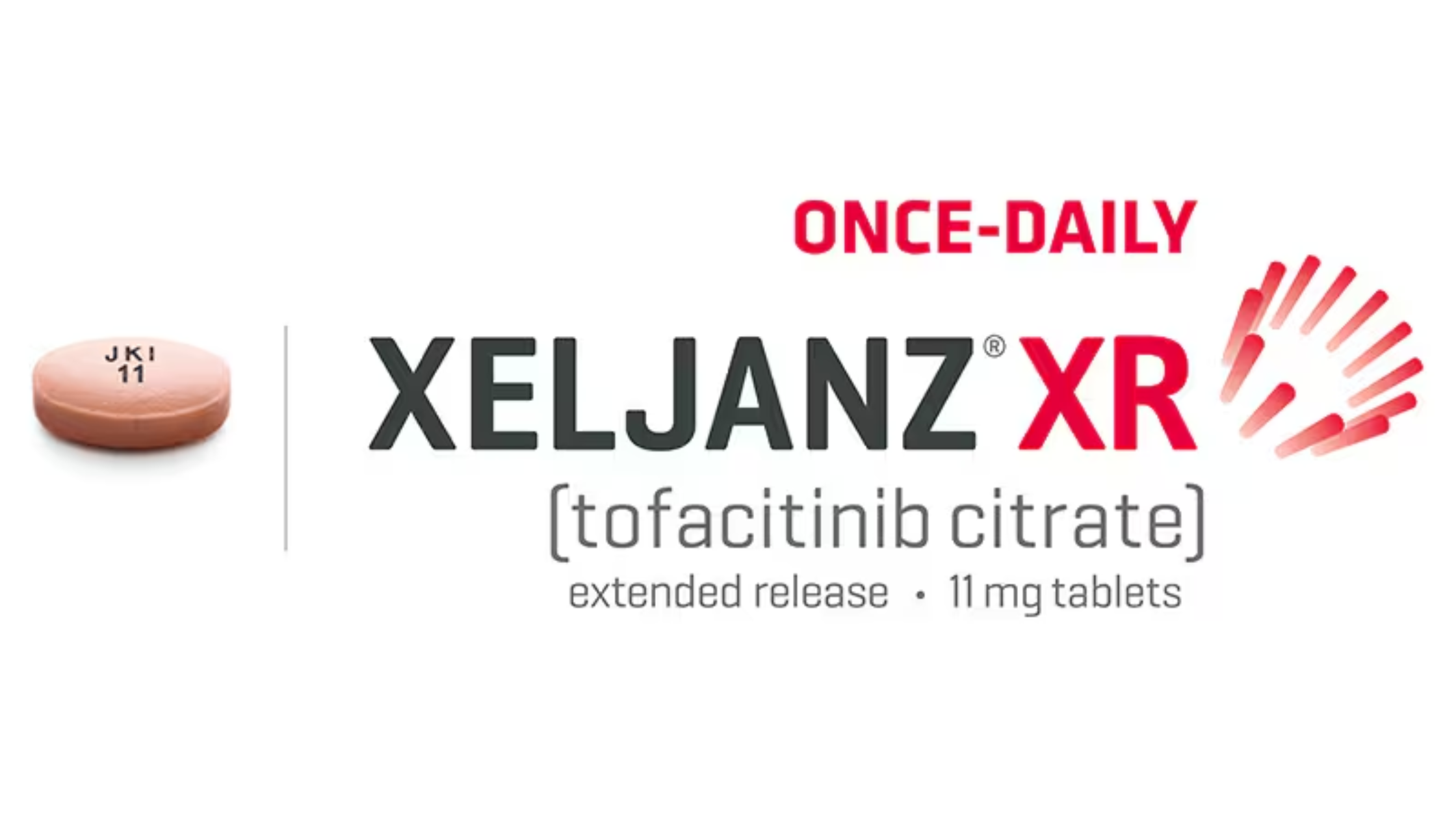Last updated on November 20th, 2024 at 12:38 pm
Discover everything you need to know about the “Entresto to ARB conversion” in this comprehensive guide. Learn about effectiveness, side effects, dosage adjustments, and more.
Switching from Entresto to an Angiotensin Receptor Blocker (ARB) can be a significant decision for managing heart failure or other cardiovascular conditions. This comprehensive guide explores the key aspects of the “Entresto to ARB conversion,” including effectiveness, side effects, dosage adjustments, costs, and more. Understanding these factors will help you make informed decisions and manage your treatment effectively.
Entresto and ARBs
Definition of Entresto
Entresto is a combination medication used primarily to treat heart failure. It combines two drugs: sacubitril and valsartan. Sacubitril is a neprilysin inhibitor that increases levels of natriuretic peptides, while valsartan is an ARB that blocks angiotensin II receptors. This combination helps relax blood vessels, reduce fluid buildup, and improve heart function. Entresto has been shown to significantly reduce hospitalization rates and improve survival in patients with heart failure.
Definition of ARBs (Angiotensin Receptor Blockers)
Angiotensin Receptor Blockers (ARBs) are a class of medications that block the action of angiotensin II, a hormone that causes blood vessels to constrict. By inhibiting this hormone, ARBs help to lower blood pressure and reduce the strain on the heart. Common ARBs include losartan, valsartan (also used in Entresto), and candesartan. They are often prescribed for conditions such as hypertension and heart failure.
Reasons for Switching from Entresto to ARB
Medical Reasons for Conversion
Switching from Entresto to an ARB might be recommended for several reasons:
- Side Effects: Some patients may experience side effects from Entresto that are intolerable or pose health risks.
- Cost Considerations: Entresto is often more expensive than ARBs, and cost can be a significant factor in deciding to switch.
- Insurance Coverage: If insurance does not cover Entresto, an ARB might be a more viable option.
- Patient Response: In some cases, a patient’s response to Entresto may not be optimal, prompting a switch to an ARB.
Patient-Specific Factors
Individual factors such as comorbid conditions, other medications, and personal preferences can also influence the decision to switch. Consulting with a healthcare provider is essential to ensure that the conversion aligns with the patient’s overall treatment plan.
Comparing Effectiveness
Effectiveness of ARBs vs. Entresto
Both Entresto and ARBs are effective in treating heart failure, but they work in different ways:
- Entresto: Combines sacubitril and valsartan, offering a dual mechanism of action that has been shown to improve outcomes in heart failure patients significantly. Clinical trials, such as the PARADIGM-HF study, demonstrated that Entresto reduced mortality and hospitalization rates more effectively than enalapril, an ACE inhibitor.
- ARBs: Focus on blocking angiotensin II receptors to reduce blood pressure and alleviate the symptoms of heart failure. While effective, ARBs may not provide the same level of benefit as Entresto in certain patients.
Conditions Treated
Entresto is specifically designed for heart failure with reduced ejection fraction (HFrEF), whereas ARBs are used for a broader range of conditions, including hypertension and heart failure. The choice between Entresto and an ARB may depend on the specific needs of the patient and the condition being treated.
Side Effects of Entresto vs. ARBs
Common Side Effects of Entresto
Entresto may cause side effects such as:
- Hypotension: Low blood pressure, which can lead to dizziness or fainting.
- Hyperkalemia: Elevated potassium levels, which can be dangerous if not monitored.
- Renal Dysfunction: Potential kidney issues, especially in patients with pre-existing conditions.
- Cough: A persistent cough is a common side effect, although less frequent compared to ACE inhibitors.
Common Side Effects of ARBs
ARBs generally have a favorable side effect profile but may include:
- Dizziness: Caused by lowered blood pressure.
- Hyperkalemia: Similar to Entresto, ARBs can raise potassium levels.
- Fatigue: Some patients may experience tiredness or weakness.
- Renal Issues: Potential kidney problems, though typically less severe than with Entresto.
Comparing Risk Profiles
While both Entresto and ARBs have potential side effects, the risk profiles may differ. Entresto’s combination of drugs can lead to more complex interactions and side effects, whereas ARBs tend to be better tolerated with fewer adverse effects.
Dosage Adjustments During Conversion
How Dosages Differ
Entresto and ARBs require different dosage adjustments due to their unique mechanisms of action:
- Entresto: Dosing is usually based on the patient’s tolerance and response. The typical starting dose is 49/51 mg twice daily, which may be adjusted based on the patient’s condition and response.
- ARBs: Dosages vary depending on the specific ARB and the condition being treated. For example, losartan is often started at 50 mg daily, with adjustments based on the patient’s blood pressure and kidney function.
Steps for Adjusting Dosage
When converting from Entresto to an ARB, healthcare providers will carefully manage the transition to ensure effective treatment and minimize risks. This may involve gradually tapering off Entresto while introducing the ARB, adjusting doses based on clinical response, and monitoring for side effects.
Drug Interactions
Interactions with Entresto
Entresto can interact with other medications, including:
- Diuretics: May enhance the risk of low blood pressure.
- Other Antihypertensives: Combined effects may require careful monitoring.
- Potassium Supplements: Increased risk of hyperkalemia.
Interactions with ARBs
ARBs also have potential interactions:
- Diuretics: Can amplify the effects of ARBs, leading to a higher risk of hypotension.
- Potassium-Sparing Medications: May increase potassium levels, requiring monitoring.
- NSAIDs: Nonsteroidal anti-inflammatory drugs can reduce the effectiveness of ARBs and impact kidney function.
Impact on the Conversion Process
Careful consideration of drug interactions is crucial when switching from Entresto to an ARB. Healthcare providers will assess current medications and adjust as needed to prevent adverse interactions.
Patient Outcomes and Data
Outcomes with Entresto
Clinical trials have demonstrated that Entresto improves outcomes in heart failure patients:
- Reduced Mortality: Lower risk of death from heart failure.
- Fewer Hospitalizations: Decreased rates of hospital admissions due to heart failure.
Outcomes with ARBs
ARBs are effective but may not offer the same level of improvement as Entresto:
- Improved Symptoms: Effective in reducing heart failure symptoms.
- Long-Term Benefits: Studies show ARBs provide long-term benefits for heart failure management, though often not as pronounced as Entresto.
Studies Comparing the Two
Research comparing Entresto to ARBs highlights the benefits of Entresto in specific patient populations. Studies suggest that Entresto may offer superior outcomes in reducing hospitalizations and mortality.
Cost Comparison
Cost of Entresto
Entresto is typically more expensive than ARBs due to its dual-drug formulation and newer status on the market. The cost can be a significant factor for patients, especially without insurance coverage.
Cost of ARBs
ARBs are generally less expensive and may be more affordable for patients. Insurance coverage often extends to ARBs, making them a more accessible option.
Impact on Patients’ Finances
The higher cost of Entresto can impact patients financially, making ARBs a more viable alternative for those concerned about expenses.
Insurance Coverage
Insurance Coverage for Entresto
Insurance coverage for Entresto may vary, with some plans offering full coverage and others providing limited support. Patients should check with their insurance provider to understand their benefits.
Insurance Coverage for ARBs
ARBs are often more widely covered by insurance plans, making them a more cost-effective option for many patients. Coverage details can vary, so reviewing insurance benefits is important.
Potential Impact on Switching
Insurance coverage can influence the decision to switch from Entresto to an ARB. Patients should consider both the financial implications and the potential impact on their treatment.
Medical Guidance for Conversion
Protocols Followed by Healthcare Providers
Healthcare providers follow specific protocols when converting from Entresto to an ARB:
- Gradual Transition: Tapering off Entresto while introducing the ARB.
- Monitoring: Regular monitoring of blood pressure, kidney function, and potassium levels.
- Adjustment: Adjusting doses based on patient response and side effects.
Best Practices for a Smooth Transition
To ensure a successful conversion, healthcare providers will:
- Assess: Review the patient’s medical history and current medications.
- Educate: Provide information about the switch and what to expect.
- Monitor: Track patient progress and make necessary adjustments.
Monitoring During and After Conversion
How Patients Are Monitored
During and after the conversion, patients are monitored for:
- Blood Pressure: To ensure it remains within a safe range.
- Kidney Function: To detect any potential issues early.
- Potassium Levels: To prevent hyperkalemia.
Key Indicators of Success or Issues
Success indicators include:
- Symptom Improvement: Reduction in heart failure symptoms.
- Stable Vital Signs: Consistent blood pressure and kidney function
.
Issues to watch for:
- Adverse Reactions: Any new or worsening side effects.
- Ineffectiveness: Lack of improvement in symptoms or condition.
Potential Benefits of ARBs
Advantages of ARBs Over Entresto
ARBs may offer several benefits compared to Entresto:
- Lower Cost: Generally more affordable for patients.
- Simpler Mechanism: Fewer potential interactions and side effects.
- Insurance Coverage: Often better covered by insurance plans.
Additional Benefits for Specific Patient Groups
Certain patient groups may benefit more from ARBs, including those with specific contraindications to Entresto or those seeking a more cost-effective option.
Potential Risks of Switching
Risks and Challenges
Switching from Entresto to an ARB may present challenges such as:
- Adjustment Period: The need for careful monitoring during the transition.
- Potential Ineffectiveness: ARBs may not offer the same level of benefit as Entresto for certain patients.
Managing Risks During Conversion
To manage risks, healthcare providers will:
- Monitor Closely: Track patient progress and adjust treatment as needed.
- Educate Patients: Provide guidance on what to expect during the transition.
Patient Experiences
Case Studies or Testimonials
Patient experiences can provide valuable insights into the conversion process. Case studies and testimonials highlight real-world outcomes and challenges faced during the switch.
Personal Accounts of the Switch
Personal accounts from patients who have switched from Entresto to an ARB can offer practical advice and support for those considering the transition.
Drug Interactions with ARBs
Interactions to Be Aware Of
ARBs can interact with other medications, including:
- Diuretics: May enhance the effects of ARBs.
- Potassium-Sparing Medications: Risk of elevated potassium levels.
- NSAIDs: Can reduce the effectiveness of ARBs.
Comparisons to Entresto
While ARBs have fewer interactions compared to Entresto, careful management is still required to avoid adverse effects.
Long-Term Effects
Long-Term Effects of Using ARBs
Long-term effects of ARBs include:
- Sustained Blood Pressure Control: Effective in maintaining blood pressure levels.
- Reduced Symptoms: Ongoing relief from heart failure symptoms.
Long-Term Effects of Entresto
Entresto’s long-term benefits include:
- Improved Survival Rates: Evidence of reduced mortality in heart failure patients.
- Fewer Hospitalizations: Decreased rates of hospitalization over time.
What to Expect Over Time
Patients should expect ongoing monitoring and adjustments to ensure optimal treatment outcomes with either Entresto or an ARB.
Consulting with a Specialist
Importance of Specialist Consultation
Consulting with a cardiologist or specialist is crucial for:
- Tailoring Treatment: Ensuring the switch aligns with the patient’s specific needs.
- Addressing Complex Cases: Managing any unique challenges or conditions.
When to Seek a Cardiologist’s Advice
Patients should seek specialist advice if:
- Experiencing Issues: Encountering problems with current treatment.
- Considering a Switch: Planning to switch medications.
Patient Education Resources
Resources for Understanding the Conversion
Educational resources include:
- Medical Websites: Reputable sources for information on Entresto and ARBs.
- Patient Support Groups: Communities for shared experiences and advice.
Educational Materials for Patients
Providers may offer brochures, online resources, and consultations to help patients understand the conversion process and manage their treatment effectively.
Other Medication Alternatives
Alternatives to Entresto Besides ARBs
Other alternatives may include:
- ACE Inhibitors: Such as enalapril or lisinopril.
- Combination Medications: Various combinations of medications for heart failure.
Overview of Other Treatment Options
Exploring all treatment options ensures that patients receive the most effective and appropriate care for their condition.
Entresto and Hyperkalemia
One potential side effect of Entresto is hyperkalemia. This is also known as elevated potassium levels in your blood. It occurs because valsartan, an angiotensin II receptor blocker (ARB), can interfere with kidney function. This reduces potassium excretion. Since heart failure patients often have compromised kidney function, they may be more susceptible to hyperkalemia, especially when taking medications like Entresto. Monitoring potassium levels regularly is very important when on Entresto to manage this risk and prevent complications associated with high potassium, such as muscle weakness and life-threatening heart rhythm issues.
In Summary
The decision to switch from Entresto to an ARB involves careful consideration of effectiveness, side effects, dosage adjustments, and cost. By understanding these factors and consulting with healthcare providers, patients can make informed choices and manage their treatment effectively.
For those navigating this transition, thorough knowledge and professional guidance are key to achieving the best outcomes.
e article is optimized for the keyword “Entresto to ARB conversion” and provides valuable information for anyone navigating this treatment transition.




